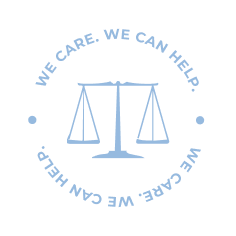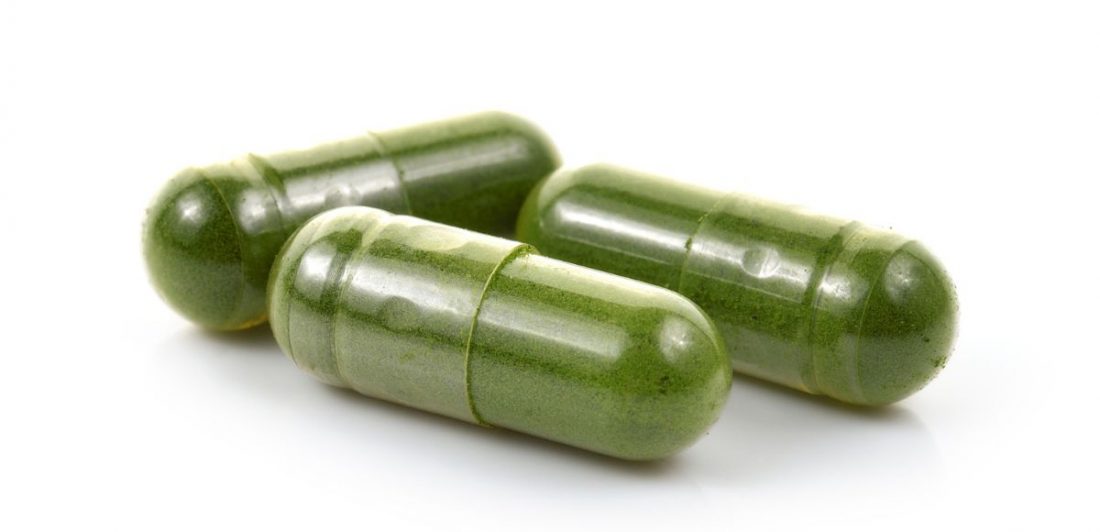Kratom is often marketed as a safe, natural alternative to prescription opioids, a plant-based supplement that promises pain relief, anxiety reduction and even energy boosts. However, science tells a different story. Kratom isn’t just a herbal remedy. It interacts with the brain in ways strikingly similar to opioids. As the product has grown in popularity across all demographics, kratom is proving just as addictive as the opium poppy plant.
In fact, kratom’s potential for dependency has led to seizures of products by federal agencies, wrongful death lawsuits across the country and a growing number of people seeking treatment for kratom addiction. Kratom’s addictive potential lies in how it interacts with the brain’s opioid receptors, the exact mechanism that fueled the opioid epidemic.
Kratom and the Brain: The Opioid Connection
Kratom contains two primary active compounds: mitragynine and 7-hydroxymitragynine. These compounds bind to mu-opioid receptors in the brain, the same receptors activated by morphine, heroin, and oxycodone.
At low doses, kratom acts like a stimulant. At higher doses, it can produce sedation, euphoria, and pain relief. These are true hallmarks of opioid-like effects.
The compound 7-hydroxymitragynine is particularly potent. Some studies suggest it can be up to 13 times stronger than morphine at the mu-opioid receptor. When consumed regularly, at high concentrations or in extract form, kratom’s effects begin to mirror those of opioids, not just chemically, but behaviorally.
How Kratom Becomes Addictive
Kratom’s addictive potential doesn’t only lie in its chemistry; it is reinforced by a familiar behavioral cycle seen in opioid dependency:
- Initial use: Users take kratom to ease pain or stress.
- Tolerance develops: Over time, the same dose no longer provides relief.
- Increased use: Users increase the amount or frequency of use.
- Withdrawal symptoms: Users develop nausea, chills, insomnia, irritability and depression when trying to stop.
- Continued use: To avoid withdrawal and achieve relief from withdrawal symptoms.
This cycle is the core of substance use disorder, and it’s been observed in thousands of kratom users. This is even the sad truth for those who initially turned to it in an effort to escape opioid addiction.
Real-World Evidence of Kratom Addiction
A growing body of research and clinical reports points to the dangers of kratom dependency. A 2019 survey found that over 30% of regular kratom users reported moderate to severe withdrawal symptoms. Additionally, the FDA and CDC have logged thousands of adverse event reports, including emergency hospitalizations and deaths. Further, addiction specialists now treat kratom withdrawal using similar protocols to those for opioids, including slow tapering and, in some cases, medications like buprenorphine.
Why Users Understimate Kratom's Addictive Potential
Kratom is often sold as a wellness product in gas stations, smoke shops, and online stores. It’s often mislabeled and sold as the following:
- “Natural”
- “Safe”
- “Non-addictive”
- “A legal high”
- “Opioid alternative”
But these labels create a false sense of security. Many users underestimate kratom’s addictive power until they can’t stop taking it.
Without FDA regulation, kratom products are often inconsistently dosed, which may increase the risk of overdose; lack warning labels, which means users don’t know the full risks of the product’s addiction qualities; and are marketed with misleading or unproven claims.
This lack of oversight creates serious risks. This is especially the case when vulnerable individuals turn to kratom in good faith and end up with a new form of dependency.
How Kratom Addiction Develops
People most at risk of kratom dependency often report:
- Daily or near-daily use
- Multiple doses per day (2–5+)
- Use for more than 30 days
- Switching from kratom leaves to concentrated capsules or extracts
- Withdrawal symptoms within 12–24 hours of skipping a dose
Even though kratom is not scheduled as a controlled substance at the federal level, these patterns closely resemble opioid use disorder, which is medically and legally recognized as a serious health condition.
The Legal Implications
Several wrongful death lawsuits have been filed across the U.S. after users died from acute mitragynine toxicity. In one case, the family of Krystal Talavera was awarded more than $11 million after her death was linked to kratom use.
These lawsuits argue that kratom manufacturers and sellers:
- Failed to warn about addiction and overdose risks
- Misrepresented kratom as a safe supplement
- Marketed products without FDA approval
- Sold products in states where kratom is banned or regulated
Our kratom wrongful death attorneys are investigating cases nationwide on behalf of people and families harmed by kratom. If you or someone you love developed a dependency or suffered a serious injury or loss after using kratom, you may be eligible to pursue legal action.
Kratom Addiction Risk Is Real
Kratom is addictive. While it may not be classified as an opioid, but for many users, it behaves like one, creating dependency, withdrawal, and sometimes, deadly outcomes.
Don’t be misled by the marketing. If a product acts like an opioid, causes withdrawal like an opioid, and leads to overdoses like an opioid, it deserves the same scrutiny and accountability.
Do You Qualify for a Kratom Lawsuit?
You may have a case if:
- A loved one died after using a kratom product
- You experienced serious health issues after kratom use (e.g., seizure, heart attack, liver failure)
- Kratom was used daily or frequently (30+ days)
- The product had no warning label or was marketed as “safe” or “natural”
- You still have the product packaging, receipt, or know where it was purchased
If you checked one or more boxes, call 833-4-CARLSON or fill out the form below for a free case review.
Contact The Carlson Law Firm
If you’ve been impacted by kratom, we want to help. Call 833-4-CARLSON for a free, confidential consultation. We represent clients nationwide in product liability and kratom wrongful death lawsuits.




